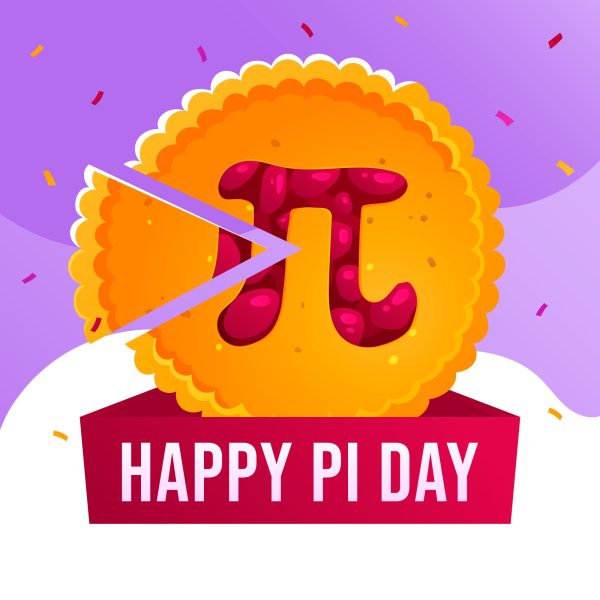variable_name = the importance of coding
Now more than ever, technology has been integrated into our everyday lives, especially as students. Despite it being such an essential tool in our lives, few people know how the programs in our phones, computers, and televisions are created.
Coding is the technology that allows us to create new softwares, websites, and a majority of *objects* that use electricity. So many people consume the softwares, while very few actually produce it.
Coding has become an asset in many fields of work; basically, if your work description involves the use of computers, coding can benefit you.
Computer coding uses “languages,” just like we do. There are many kinds, and they all communicate different commands. The languages range from high to low level, highest are the easiest to learn, and the lowest are more complex and difficult to master.
Programming is a skill that is in higher demand now more than ever. Because there’s such a high demand, but a low number of suppliers, programmers can earn well over $100,000 per year. According to the website CodeConquest, careers in coding are “projected to grow at a rate of 30% between 2010 and 2020” (1).
So, the question is, if being a coder has so many benefits, why aren’t schools taking the time to teach students these essential skills for the future?
Upon further investigation, I found that the Warren E. Sooy Jr. Elementary School of Hammonton has taken the initiative to teach 5th graders how to begin to code. The students participated in “The Hour of Code,” a world-wide movement to teach people about programming, and how to do it.
Though it’s great for incoming 5th graders, we high school students missed the boat on an opportunity of a lifetime. Therefore, I gave myself the task of learning how to code, so I may raise awareness about this skill, and give advice to other beginner students.
Over the past few weeks, I created accounts on four coding websites, and tested how simple it is to learn Python, a high-level language. Here are my findings throughout my research:
- Codecademy
On codecademy.com, they started me off with an interactive slideshow-like presentation that gave basic definitions and information.From there, once the interactive activity began, it stated examples, gave instructions, and allowed me to use a hint if I needed one. I would type my code according to the directions, and then submit it, before it finally computed the information and displayed the command.
Eventually, I got very far on Codecademy, and as of now, it’s my favorite website to learn coding.
For anyone who is interested in trying Codecademy, I’d advise that you take notes on the definitions, in case you forget the meanings further into the activity. Also, the hints aren’t always very helpful, but just keep fiddling around with it, and you’ll get it eventually.
- Codeschool
Codeschool.com goes about the process a little bit differently. As soon as I began my lesson, I had to sit through a five-minute video that introduced me into the Python language. From there, I was presented with a very quick interactive activity, and another video when I completed the code.
A lot of information was given, including definitions and examples, however, I quickly lost interest. The narrator in the videos was quite boring, and it was actually a struggle to get as far as I did.
Also, no hints were provided. If you needed some help, you would have to spend points that you earn by completing the challenges. Without points, you won’t be able to use the hints.
If you’re going to try this website, I’d advise you to just re-watch the video if you don’t understand what you’re doing in the activity. I understand that it’s a tedious task, but nine times out of ten, repetition is a good tool for learning.
- Code Avengers
Codeavengers.com used a similar process to Codeschool. It would use shorter videos, and then guide the user into an interactive lesson through mini games. It also uses a combination of pre-programmed buttons, as well as instructional typing.
The pre-programmed buttons are used to complete actions in these mini games, however, they do not show you how to type the physical code, or how it appears in code form. Instead of showing the strings of code, the buttons are to be put together, like a puzzle.
Code Avengers is great with definitions. They allow you to highlight a word to find the definition, and it has many hints. Overall, it’s a great resource for students who love gaming and computers in general.
The largest downfall with Code Avengers would be that you are required to subscribe to the website before you continue any lessons. There are many online tools that are completely free, therefore, I would recommend trying the free websites before hopping onto this one.
- Codesters
Out of all four websites that I’ve reviewed, codesters.com would rank as the second best source for learning how to code. It uses a combination of all teaching styles for coding, which can allow the user to be eased into each lesson.
First, it begins with a preview of what each lesson will teach, and what you’ll be able to do with your skills. It continues with interactive examples, before allowing the user to try the code using those pre-programmed buttons.
The website plays close attention to detail, and color-coding allows the user to remember how to type the codes as the lessons progress.
Eventually, you’re taught how to program one of the buttons, so you can create your own. Definitions are provided in between each lesson, so it’s unlikely you’ll forget the important details.
Unfortunately, it’s very repetitious, but that ensures plenty of practice. It also provides a timeline and badges for each skill that is mastered.
In the end, everyone learns differently, and some may take to other websites better than others. Though no matter how you learn, coding is an essential skill that can open up new opportunities for everyone.











